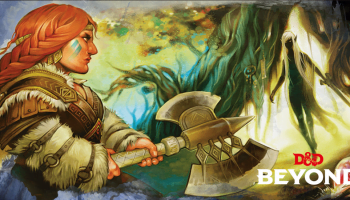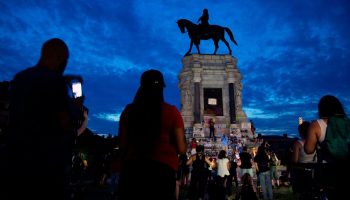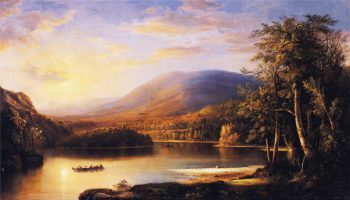This article is part 46 of The Public Medievalist’s series on Race, Racism and the Middle Ages, by Katherine Clark Walter. Find the rest of the series here. Content note: This article contains reproductions of antisemitic medieval art.
Whether images that testify to an oppressive past stand or fall, we still need to remember them.
The antisemitic “Judensau” of Wittenberg
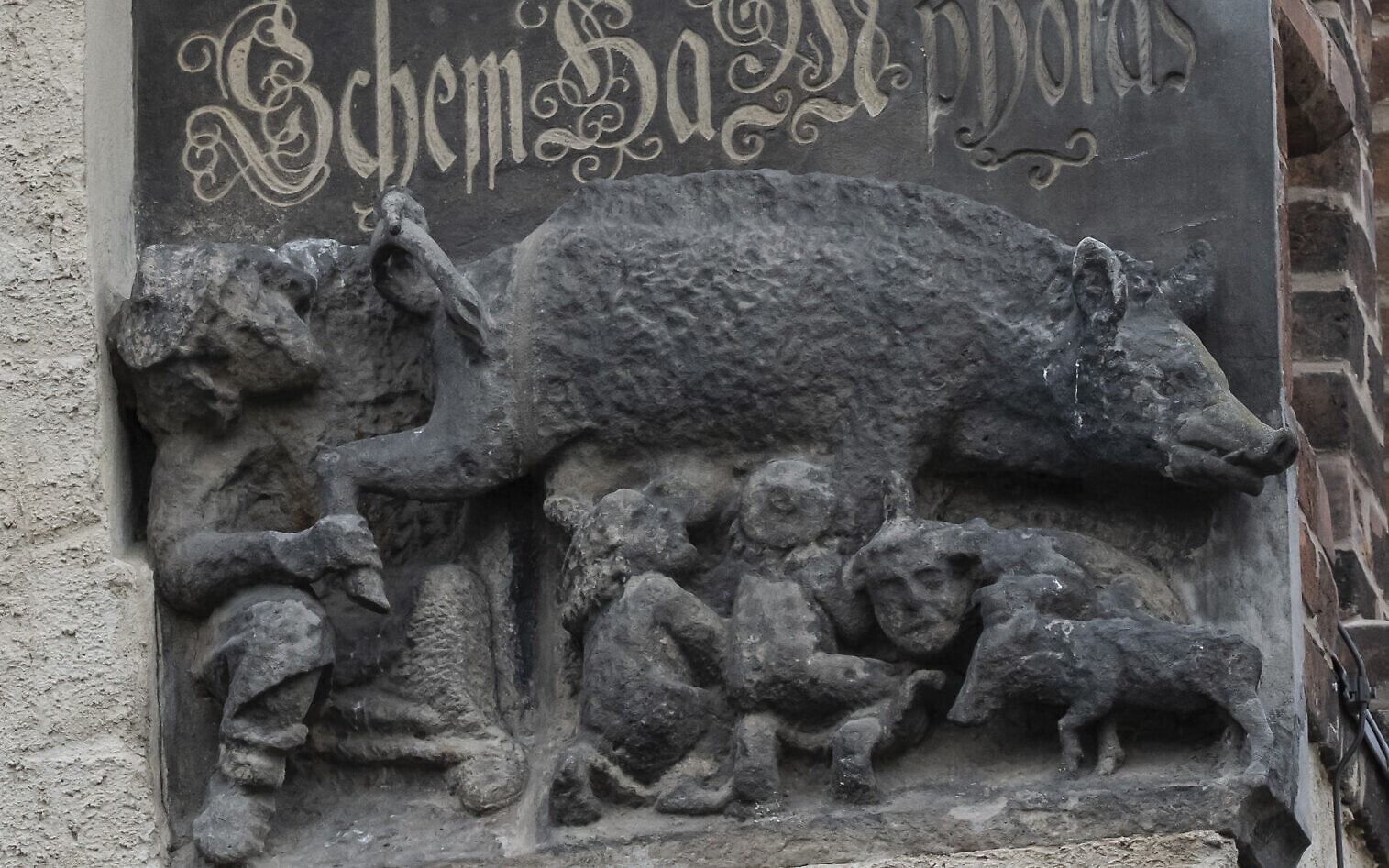
High on the façade of the city church of Wittenberg, Germany is a medieval sculpture of Jews engaged in obscene acts with a pig. Without question, it is offensively antisemitic. The image, which dates from around 1290, depicts a group of Jewish people suckling at the animal’s teats and peering under its tail. In the Middle Ages, many churches created such sculptures—the Judensau or “Jews’ sow”— to dehumanize and defame Jews. The association with pigs presented Jewish people as the very embodiment of moral perversion and vice.
In 2017, a campaign arose that demanded, via an online petition and protests at the church, that the sculpture be taken down. In 2018, Michael Düllmann, a member of Berlin’s Jewish community, brought the issue to court. The city church’s administration prefers the sculpture remain in place; they argue that it stands as a reminder of the anti-Jewish element in Martin Luther’s preaching (who was himself one of Wittenberg’s most prominent citizens and also a virulent antisemite). German historians such as Michael Wolffsohn argue more broadly that removing the sculpture whitewashes the anti-Judaism in the Christian tradition: “we have to comment on this shame and not hide it.” The church’s status as UNESCO World Heritage Site raises the stakes even higher.
The local court ruled against Mr. Düllmann. He appealed; in early February 2020, the Higher Regional Court in Naumburg rejected his appeal.
Appellate Judge Volker Buchloh ruled against Düllmann because a Holocaust monument and information board was placed at street level below the sculpture in 1988. The Judge ruled that this mitigated the hateful effects of the antisemitic image above.
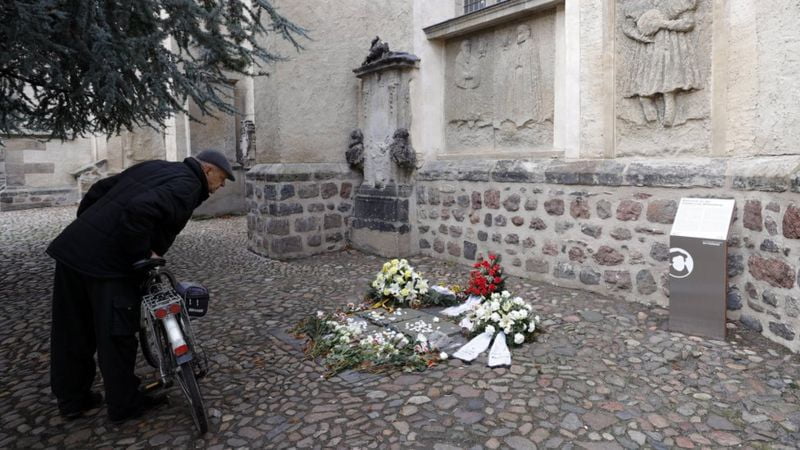
The decision provoked outrage in Germany and worldwide. On the one hand, the image is clearly offensive and hurtful for many viewers. The court’s assertion that a Holocaust marker sufficiently mitigates the image’s harm dismisses its ongoing impact, especially for Wittenberg’s Jewish residents and visitors. And it ignores the prominent placement of the sculpture; as Düllmann said in an interview, its place is central to the issue:
This is a church, a holy place. You can’t mix it with such a shameful assault on the Jews.
The Higher Regional Court’s decision also reflects a severe lapse in historical thinking. It collapses together all antisemitism, medieval and modern, into the single symbol of the Holocaust. The history of the “Jews’ sow” extends far beyond Germany’s reckoning with its Nazi past. Sculptures such as the “Jews’ sow” functioned, as historian Miri Rubin argues, both to justify medieval Christians’ persecution of their Jewish neighbors and to incite further violence. And this seems to have had an effect that extends into the 20th century: there is a correlation between the German cities that enacted medieval pogroms and those that saw anti-Jewish violence during the Nazi regime.

Interestingly, however, the city of Nuremberg also has a “Jew’s sow” sculpture in its church. But Hitler did not use the urban square in the shadow of the “Jews’ sow” for his Nuremberg rallies. He instead built huge new parade grounds on the city’s outskirts. Today, those parade grounds are a historical site, reimagined to bear witness to Germany’s Nazi past. Nevertheless, the intertwined history of the “Jews’ sow” and the church where it resides is not just a footnote to the Holocaust, but an important space in its own right for understanding the deeper history of hate.
Monuments to the “Lost Cause”
Though the context is different, this problem of rethinking a seemingly isolated object in its broader context is a familiar one to Americans. In the US, the current debate concerns the place of so-called “heritage” monuments celebrating the Confederate Lost Cause. These often originated long after the Civil War; they were not so much war memorials as a backlash against Reconstruction and the civil rights movement. Mass-produced and quickly installed, such memorials commemorate an imagined Southern past of noble generals, obedient slaves, and doting mammies.
German society has collectively confronted its Nazi past; they have recognized their guilt and attempted serious amends. However, many white Americans have long resisted a reckoning with our own history of racism and its connections to slavery, Jim Crow, and current institutional racisms. Confederate monuments in the United States have been sites of both racist gatherings and, more recently, anti-racist efforts to tear them down. Institutions have begun to contemplate both the practical issues of removal, relocation, and curation and the broader implications of such actions for historic preservation and cultural identity.
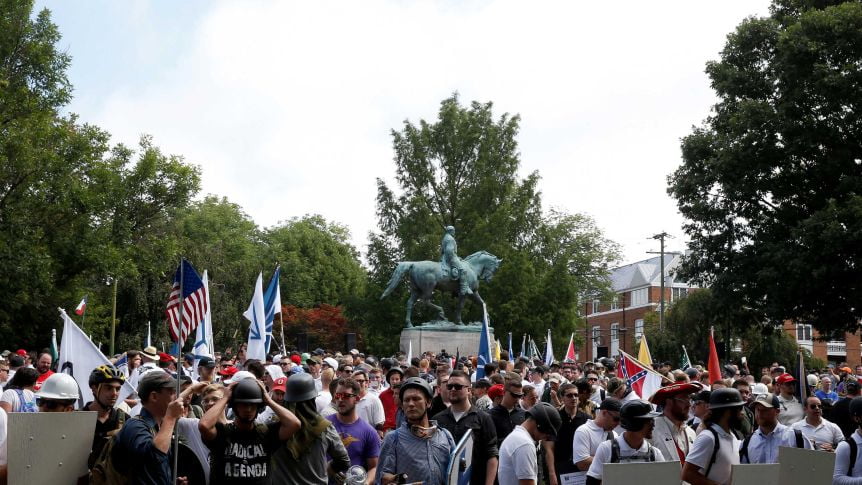
For example, the Robert E. Lee memorial in Charlottesville is staunchly defended by white supremacists. The memorial was commissioned as a work of “Lost Cause” nostalgia and white supremacy in 1917. Its presence remains contested to this day. The tragic “Unite the Right” rally in Charlottesville in 2017 began, ostensibly, as a right-wing protest against the removal of the memorial. At the Charlottesville rally, white supremacists’ appropriation of medieval symbols was on full display. Although the “Jews’ sow” did not appear on banners in Charlottesville, the protesters’ terrifying shouts that “Jews will not replace us” confirms how the hatred that created the “Jews’ sow” image persists. The Wittenberg “Jews’ sow” has not proved to be a significant gathering point in the modern era. However, it has functioned as such in the pre-modern past. Artists in early modern Europe reproduced images of the Wittenberg “Jews’ sow” to circulate widely through media such as woodcuts. Martin Luther explicitly praised its presence on the Wittenberg church while preaching there. He saw it as a rejection of the Talmud and a symbol of triumphant, reformed Christianity. Luther’s anti-Judaism in turn justified Christian aggression against Jews for centuries.
Medievalism and hate symbols
The “Jews’ sow” and Lost Cause monuments are linked in other ways besides being touchstones for oppression. Medieval anti-Judaism informed the racialized ways of thinking that persist in white supremacy today.

19th and 20th century Confederate sympathizers embraced medieval art and literature to craft a mythology of nobility and romance of the Lost Cause—for example, depicting Lee as a latter-day King Arthur. Alongside the predictable swastika, which has been banned in Germany since 1945, contemporary white supremacist groups have adopted medieval symbols. Crusader crosses and Nordic runes are used to represent an imagined past of racial purity. And just like medieval religious authorities repeatedly used anti-Judaism to promote Christianity, Confederate defenders of slavery systematically used a vision of Christian morality to assert slavery as a Christian practice.
Like Confederate monuments that arose alongside white supremacist violence, the “Jews’ sow” was an image of scorn and intimidation. The placement of such sculptures on the upper exteriors of churches was no accident. In Regensburg, the statue faced the city’s Jewish quarter. A similar image on St. Sebald’s church in Nuremberg (created ca. 1380 and still extant today) points toward the city’s main square, where a Jewish synagogue had stood until 1349. In a wave of anti-Jewish massacres during the Black Death that year, the town council of Nuremberg burned hundreds of Jewish people, razed the synagogue and replaced it with a church dedicated to the Virgin Mary, and seized the property of the city’s Jewish residents.
The power of the “Jew’s sow” extended even to medieval Scandinavian communities through German influence in that region—even though it is unlikely that Jews ever resided in Scandinavia during the Middle Ages. Even in the absence of actual Jews, the symbol was used by antisemitic Christians to show the power of Christianity triumphant over its perceived ‘enemies.’
What to do with historical hate symbols?
The regional court has said that Wittenberg’s Judensau will not be removed. So what now, especially if the pending case before Germany’s Supreme Court upholds that decision? More broadly, thousands of works of art in European cathedrals, museums, and public squares reveal historical patterns of anti-Judaism and racism. What should be done with them?
Some images can be curated in place, and some cannot. A mural installed as recently as 2001 in Florida’s Baker County Courthouse enshrines a nostalgized view of supposedly “lawful” Klan members. The favorable treatment of the Klan in a courthouse mural—whose proponents defend it as “history”—represents the opposite of the due process that the courthouse must provide. Instead, it celebrates racist vigilante violence. In that space, the mural undermines an ethic of impartial justice. If it is not to be destroyed, it should be removed to a more appropriate space.
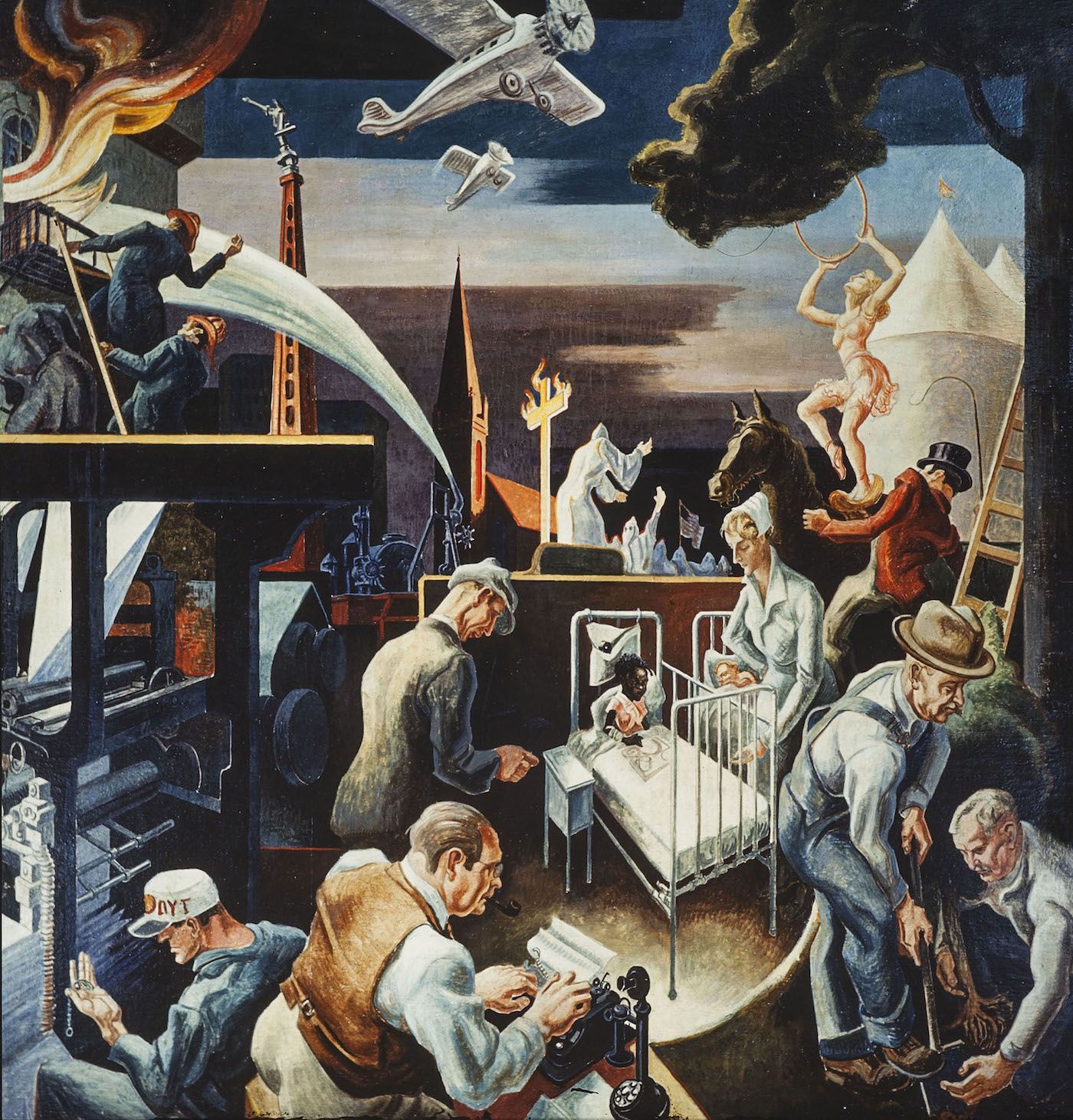
By contrast, Thomas Hart Benton’s mural, “A Social History of Indiana,” is now on view in an Indiana University auditorium. It was created for the World’s Fair in 1933, and has also elicited controversy and a petition in 2017 for its removal. The mural includes prominent Indiana Klansmen (in the 1920s, roughly a third of the state’s adult men were Klan members), and the journalists who opposed them.
But this art is not a celebration of the Klan; Benton was opposed to them. His documented criticism of the Klan, and his depiction of Klan opposition in Indiana mark the mural as an anti-racist monument. But this context is not entirely evident in the image alone.
Images are powerful in their own right, but the narratives we create around them also influence how they harm or empower. As a graduate student in the 1990s, I watched Indiana University professor Dr. James Madison use the mural to show students in introductory US history courses how the Klan had both staggering support and fervent opposition in the daily life of 1920s America. When he taught, Martin Luther referenced the “Jews’ sow” on the exterior of the Church to endorse his society’s persecution of the Jews when he preached there. Dr. Madison, on the other hand, engaged Benton’s disturbing image to teach students to recognize and resist racism.
As Confederate monuments have fallen, activists have also called for a reckoning with just how many of white America’s cherished heroes embraced racist practices and ideologies. Alongside the removals of Confederate statues, we have seen recent efforts to remove statues of Ulysses S. Grant in San Francisco, and the American Museum of Natural History’s Equestrian Statue of Theodore Roosevelt. Grant’s possession of enslaved people and Roosevelt’s imperialism and support for eugenics were commonplace in their day. Nevertheless, today’s society requires a reconsideration of their monuments’ impact in public spaces and the ways they perpetuate racism. The Roosevelt statue is a celebration of racist imperialism. Benton’s mural, on the other hand, suggests that resistance to racism is possible – even in eras of oppressive ideologies.
The Wittenberg “Jews’ sow” is painful to the Jewish community. It recalls an era in which anti-Jewish persecution was relatively normal (though not universal) in Christian society (just as Klan membership was “normal” in 1920’s America). Churches bearing the Judensau must do more to heal the damage it causes, and to illuminate the larger context of anti-Jewish hate in the history of their faith.
If the Judensau at Wittenberg cannot be removed, perhaps it should be moved. It could be displayed inside the church, with historical interpretation. This would allow viewers to engage with the image deliberately, rather than casually encountering it on the building’s exterior. A marker on the façade could indicate the sculpture’s original placement. Remembering the image’s context and function in its place of origin also creates a dedicated space for inclusion and reconciliation for churchgoers and visitors.
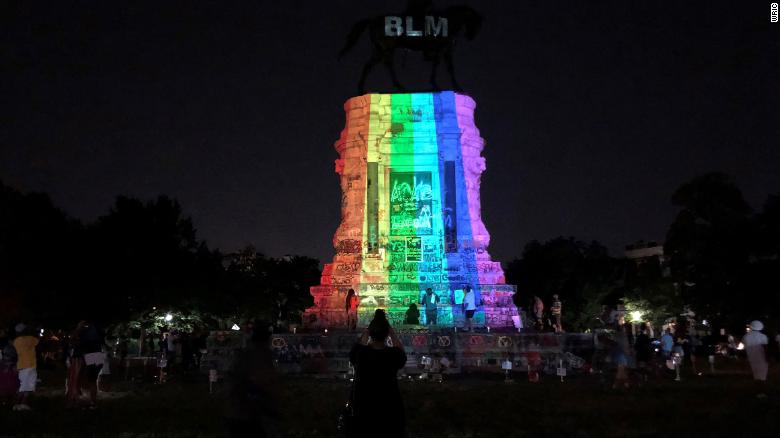
But what if the Church resists even this? When institutions lack the imagination to reconsider historical narratives, grassroots efforts sometimes do this work for them. Famously, British antiracist protestors tore down a statue of 17th century slave trader Edward Colston and threw it into Bristol harbor. Less destructively, superimposing Pride and Black Lives Matter imagery on the enormous Robert E. Lee statue in Richmond, Virginia, for example, suggests ways that communities can flip the script on how oppressive monuments function. The Judensau offers Wittenberg, and communities with similar images, the chance to reconsider their own history. Sites of embarrassment and pain can be reframed as sites of awareness, atonement, and reconciliation. But they must do the work.
Moving Forward
Curation of offensive objects requires a constant reevaluation of what we know, or think we know, about the past. This ongoing process is challenging, especially when we attempt to balance complex historical narratives against the intuitive, emotional ways that people respond to the visual. Whether images that testify to an oppressive past stand or fall, we still need to remember them; this remembrance is the work of any democratic society. The “Jews’ sow” image forces Europeans to confront the intolerance that resides in the very fabric of their culture, just as Confederate monuments call out to us as Americans to tell the truth about our past. But when confronted by these images, will we ignore the pain they continue to cause, or do the hard work necessary to make that injustice right?


